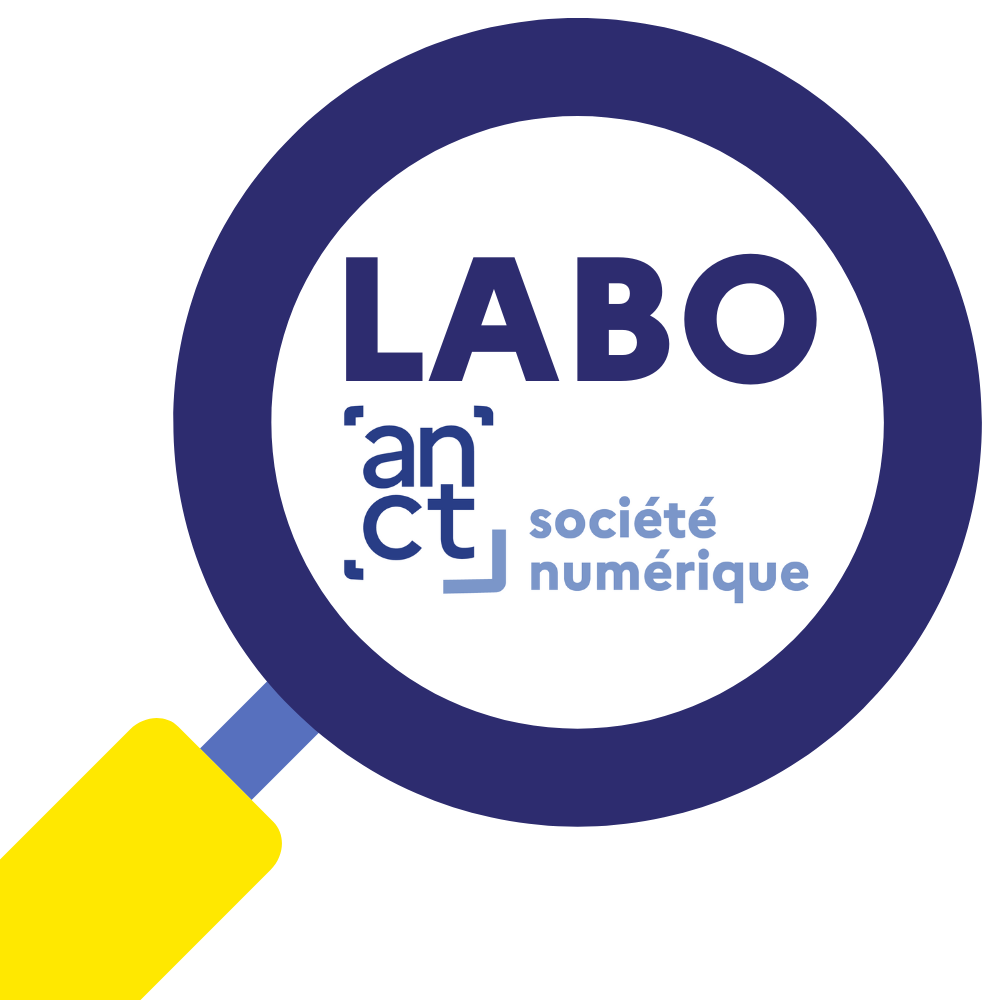In May 2022, the Direction de l'Evaluation, de la Prospective et de la Performance (DEPP) measured students' mastery of digital skills at the end of secondary school for the first time.
The new assessment distinguishes between different levels of performance. It is based on the Digital Competency Reference Framework (DCRF), with five domains (information and data, communication and collaboration, content creation, protection and security, digital environment) and sixteen competencies. This is in line with the European DIGCOMP reference framework.

One third of students have a good or excellent level of mastery
Nearly two out of three students (63.5%) have a satisfactory command of digital skills, enabling them to use digital tools in a reasoned, secure and eco-responsible way. In particular, they demonstrate know-how in using the advanced functions of various communication, word processing, image processing and presentation software programs.
Among them, 10% are particularly at ease: they know how to process data using a spreadsheet-graph, are familiar with best practices for solving digital-related problems, and have a global vision of the impact of digital technology on society and the adaptations needed to minimize it.
In contrast, 15% of students have only a limited grasp of these skills. For example, when communicating by e-mail, these students know how to identify the sender and how to behave respectfully, but they haven't mastered the conventions of e-mail writing, and they don't know how to guard against fraudulent e-mails.
Comparable performance for boys and girls
The average scores for girls and boys are close.
These overall results can be compared with the findings of the 2018 International Assessment of Fourth Grade Students in Digital Literacy and Computational Thinking (ICILS). ICILS revealed that in France, girls and boys performed comparably in the area of computational thinking, in contrast to digital literacy, where girls performed better.
Students from less advantaged middle schools score lower than those from more advantaged middle schools
Students in public schools outside priority education have an average score of 252.
With an average score of 218, students in REP+ schools have much lower results: 11 points lower than students in REP schools and 34 points lower than those in public schools outside priority education.
Significant differences according to social profile
The Social Position Index (SPI) enables us to study changes in student performance according to the social level of the schools hosting ninth-graders.
Differences in levels continue to be strongly influenced by students' social background, with the average score increasing as social level rises: from 234 for students from schools in the top quarter to 263 for students from schools in the bottom quarter. Half the students in the least-favored middle schools have only a basic command of digital tools, compared with less than 30% of students in the most-favored middle schools.
This link between the level of mastery of digital skills and the social environment in which students evolve is in line with the results observed in the ICILS 2018 survey of fourth-grade students. These indeed pointed to significant score gaps according to students' social profile in the field of digital literacy and, even more so, in that of computational thinking.
Finally, the study identifies a relationship between students' skills in French and math in sixth form and their numerical skills at the end of ninth form. The gap is even greater for mathematics.
Référence :








